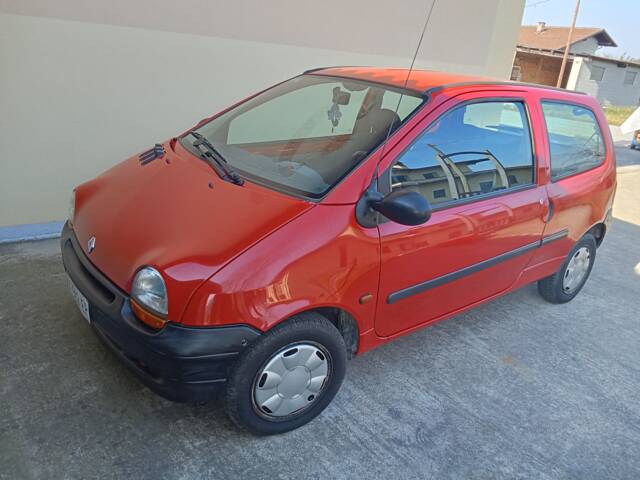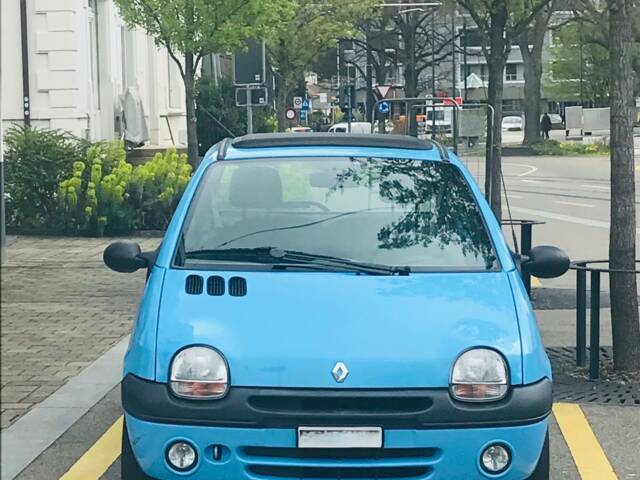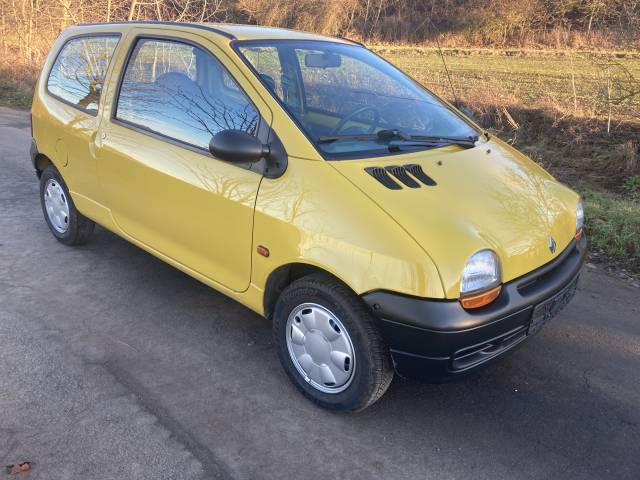Renault Twingo Classic Cars for Sale
Discover the innovative icon among compact cars with the Renault Twingo. Since its launch in 1993, the Twingo has charmed with its friendly design, spaciousness, and flexibility, along with efficient engines. These qualities make it a favorite among young classic enthusiasts and city dwellers alike. The French compact car was produced in three generations—Twingo I, II, and III—up until 2024.
Search results

1998 | Renault Twingo 1.2
Unicoproprietario 71.000km

1999 | Renault Twingo 1.2
Modell Look mit Faltdach - Modèle Look avec toit pliant

1996 | Renault Twingo
Twingo der 1. Generation, 1. Lack, 87 tkm
Introduction and History of the Renault Twingo
The Renault Twingo debuted in 1993, making a significant impact in the subcompact segment with its innovative concept and creative design. Designed by Patrick le Quément, the Twingo offered a fresh take on mobility, providing space for four people and a versatile interior. It set new standards for space utilization and design in a small city car. The first generation, produced from 1993 to 2007, was particularly successful, selling over 2.4 million units worldwide. The second generation, Twingo II, was made from 2007 to 2014. Twingo III, produced from 2014 to 2024, was developed alongside the Smart Fortwo and Forfour, featuring some revised concepts.
Features of the Renault Twingo
The Renault Twingo stands out with its compact size and excellent maneuverability, making it perfect for city driving. Its interior is impressively flexible, with a sliding and folding rear seat. The digital central tachometer is a futuristic touch that enhances the unique driving experience. The Renault Twingo also became known for its many special editions, maintaining interest in this model. The Twingo I has a significant presence on Classic Trader, comprising 1.9% of all Renault listings.
Technical Specifications
Buying Advice, Weak Points, Maintenance and Reliability
The first-generation Twingo has some typical weak points that buyers should be aware of. These include susceptibility to rust, particularly at the tailgate, thresholds, and suspension. Some older models may present technical issues like cylinder head gasket failures or worn bearings. A detailed maintenance history is essential to ensure the car's longevity. Spare parts remain readily available, and well-maintained early models are generally reliable.
Engines, Performance, Transmission and Handling
Over the years, the Twingo offered a variety of engine options, ranging from sturdy 54 hp 1.3-liter engines to agile 75 hp 1.2-liter 16V engines. All models came with front-wheel drive, providing safe driving dynamics and optimal handling for urban environments. The powertrain's durability is notable, but checking maintenance records is advisable. The Twingo II included a sporty version, the Twingo RS.
Interior, Comfort, Exterior and Design
The Twingo's interior surprises with a spacious and well-designed passenger compartment. Seats can transform into a continuous reclining surface, and the movable rear bench adds to its flexibility. The exterior is renowned for its friendly, expressive design, featuring unique elements like the digital tachometer and large windows.
Summary
The Renault Twingo I is a charming and practical choice for city residents and auto enthusiasts. Its versatile features, innovative design, and history make it a valuable classic that will continue to attract interest in the future. How the young models Twingo I and Twingo II will establish themselves in the classic market remains to be seen.